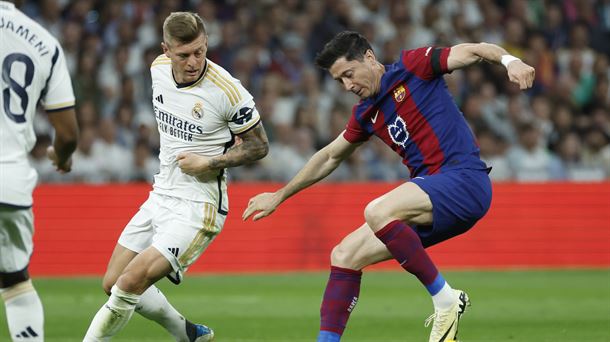Initial findings from the Swiss Glacier Monitoring Network (GLAMOS) are “extreme and worrying”: Glaciers have melted more this summer than at any time since the measurements began. A full report is planned for the fall, but the trends are already clear: “In other years like 2011, 2015, 2018 or 2019, there was already a very strong melt, but 2022 is really different and breaks all records,” notes GLAMOS- director on. Mathias Hus.
Early September on the Gries Glacier in the Valais Alps: Huss points to a fissure in which the rock can already be seen. This is not a good sign. Huss is not here for the first time, but this time it is different, “dramatically,” he told Keystone-SDA news agency.
As has been the case for several years now, the glaciologist from the Swiss Federal Institute of Technology (ETH) Zurich and his team will visit about 20 glaciers in Switzerland this summer to measure the extent of glacial melt.
Researchers studied the tops of 20 glaciers
The scientific team visits the tops of the 20 glaciers twice a year to establish a balance of the glaciers’ total mass and health. A first measurement will be taken in April to find out how much snow there is on the glacier. “This layer is important because it nourishes and protects the glacier during the summer months,” explains Huss. A second measurement will be taken in September to see how the glacier has reacted in the summer.
As early as April, Huss knew the warm season was going to be tough when he and his team saw the thin layer of snow on the Griesgletscher. In July it completely melted at 3000 meters and the glacier has already lost mass.
Ice on Corvatsch Glacier could no longer be measured
In September, the team recorded a record loss of four meters at the highest points of the glacier: that is two to three times as much as in other years and therefore exceptional. The same goes for the Findel Glacier above Zermatt. This melted at an altitude of 3400 meters by two meters, although there is always enough snow at this height well into the summer. In fact, so much ice has melted on the Corvatsch Glacier in the canton of Graubünden that it is no longer measurable.
It’s difficult to observe these changes, Huss says. Glaciers are very slow to respond, and the current findings reflect what happened 20 or 30 years ago. In this regard, the small glaciers are already “doomed to sink”.
Humanity must respond now
Yet the glaciologist does not want to paint a completely black picture of the future. If humanity responds now and adheres to the measures enshrined in the Paris Agreement to limit global warming to 1.5 degrees, it is still possible to reduce one-third of the current mass of the largest to save Switzerland’s glaciers.
Source: Krone
I’m Wayne Wickman, a professional journalist and author for Today Times Live. My specialty is covering global news and current events, offering readers a unique perspective on the world’s most pressing issues. I’m passionate about storytelling and helping people stay informed on the goings-on of our planet.



